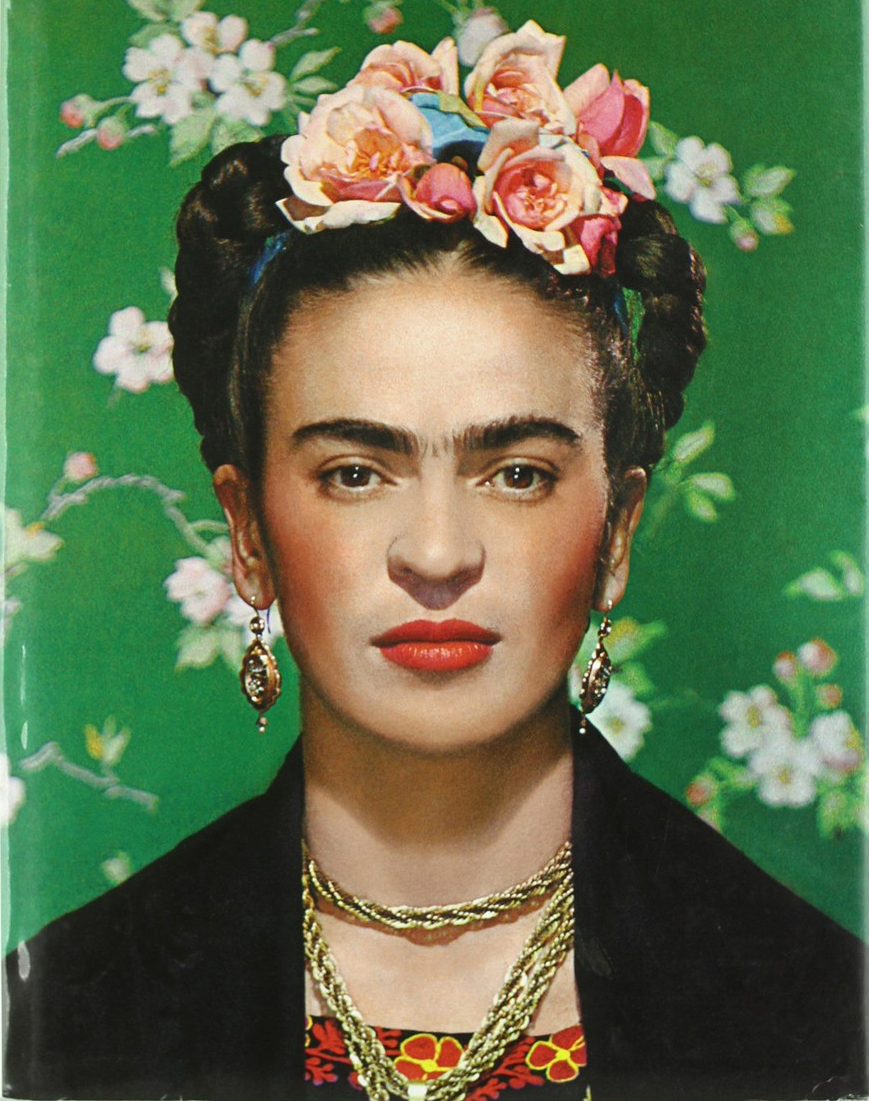Frida Kahlo, a name synonymous with resilience and creativity, is one of Mexico's most celebrated artists. Her vibrant paintings not only reflect her personal struggles but also express her strong political beliefs. As someone who faced numerous challenges throughout her life, Kahlo's journey is both inspiring and thought-provoking. Through her art, she has left an indelible mark on the world, making it essential to explore her life, her works, and the legacy she has created.
Key Aspects of Frida Kahlo's Life
Understanding Frida Kahlo's Background
Born as Magdalena Carmen Frida Kahlo y Calderón on July 6, 1907, in Coyoacán, Mexico City, Kahlo's early life was marked by both privilege and hardship. Her father, Wilhelm Kahlo, was a German immigrant and a photographer, while her mother, Matilde, was a Mexican of indigenous descent. Growing up in a culturally rich environment, Kahlo was exposed to a diverse range of influences that would later shape her artistic vision.
Despite her privileged upbringing, Kahlo faced significant challenges. At the age of six, she contracted polio, which left her with lifelong health issues. This early setback instilled a sense of determination in her, as she sought to overcome her physical limitations through sports and other activities encouraged by her father.
The Impact of Personal Struggles on Kahlo's Art
Kahlo's life was a series of ups and downs, including a devastating bus accident at the age of 18 that left her with severe injuries. This incident became a pivotal moment in her life, leading her to explore self-portraiture as a means of expressing her pain and identity. Through her art, Kahlo transformed her suffering into powerful visual narratives that resonate with audiences to this day.
Her paintings often feature vibrant colors and symbolic imagery, reflecting her rich cultural heritage and personal experiences. Kahlo's unique style combines elements of Mexican folk art with surrealism, making her works distinct and unforgettable.
Exploring Frida Kahlo's Artistic Journey
Frida Kahlo's Artistic Evolution
Initially, Kahlo's art was heavily influenced by her experiences, particularly her physical pain and emotional turmoil. As she recovered from her injuries, she began to paint self-portraits that revealed her innermost thoughts and feelings. This period of her life marked the beginning of her journey as an artist, as she used her art as a tool for self-exploration and healing.
Over time, Kahlo's style evolved, incorporating various artistic influences and themes. She became politically active and began to address social issues in her works, showcasing her strong beliefs in feminism and communism. This shift in her artistic focus helped her connect with a broader audience and cement her status as an influential figure in the art world.
The Legacy of Frida Kahlo
Frida Kahlo passed away on July 13, 1954, but her legacy continues to thrive. Her unique approach to art has inspired countless artists and movements, particularly in the realms of feminism and identity politics. Kahlo's life story resonates with those who have faced adversity, making her an enduring symbol of strength and resilience.
Today, Kahlo's works are celebrated in museums and galleries worldwide, and her story is told through various media, including books and films. Her home, known as the Blue House, has been transformed into a museum, allowing visitors to step into her world and experience her life and art firsthand.
Final Thoughts on Frida Kahlo's Impact
Through her extraordinary life and art, Frida Kahlo has taught us valuable lessons about perseverance, self-expression, and the importance of embracing one's identity. Her legacy encourages us to confront our own struggles and to find beauty in our experiences. As we continue to explore Kahlo's life and works, we are reminded of the power of art to inspire and connect us across time and cultures.
Marc Anthony: The Journey Of A Latin Music Legend
Barron Trump: From Childhood To College Life At NYU
The Menendez Brothers: A Shocking Tale Of Crime And Consequences


